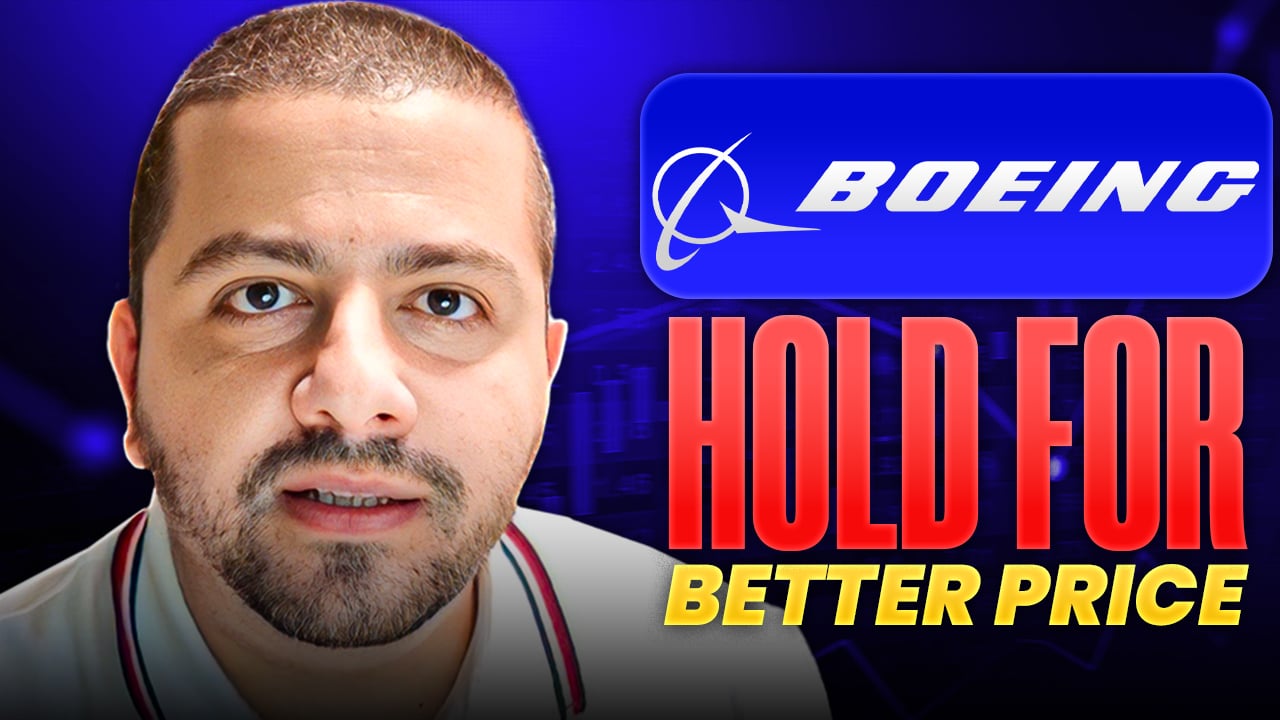The Defense Advanced Research Projects Agency (DARPA) serves as the "mad scientist" wing of the U.S. Pentagon, responsible for building such things as anthropomorphic robots and super-secret spy planes. Perhaps it shouldn't come as a huge surprise that now, DARPA wants to put robots in space.
The bigger surprise is that these will be peaceful robots, quietly tinkering on glitchy spacecraft and helping to extend the lifespan of satellites in orbit.

It came from outer space -- and it had hands! (Artist's concept of what DARPA's RSV will look like.) Image source: DARPA.
Department of Defense will open a space tow-truck service
Last month, DARPA announced it has teamed up with Space Systems Loral (SSL) "to develop technologies that would enable cooperative inspection and servicing of satellites in geosynchronous orbit (GEO), more than 20,000 miles above the Earth, and demonstrate those technologies on orbit." DARPA calls this its Robotic Servicing of Geosynchronous Satellites (RSGS) project, and its missions in orbit will include:
- High-resolution inspection of satellites in orbit
- Fixing "mechanical anomalies, such as solar array and antenna deployment malfunctions"
- Towing satellites that have left their planned orbits back into the correct flight path
- Upgrading satellites with new and additional payloads
- Refueling satellites that have run out of gas
DARPA believes that if successful, RSGS could "radically [lower] the risks and costs of operating" both military and commercial satellites in GEO.
Who is SSL?
SSL is a division of Canadian space tech specialist MacDonald, Dettwiler and Associates, the same company that last month agreed to buy U.S. satellite imaging specialist DigitalGlobe (DGI +0.00%) in a $2.4 billion deal.
What will SSL do?
DARPA will provide a "robotic module" including specialized arms for repairing satellites, a toolkit, and software to operate all of the above. SSL's role in RSGS will be to supply a spacecraft and integrate DARPA's module into it, thus forming one complete "robotic servicing vehicle," or RSV. SSL will then demo the RSV in orbit, after which it will offer to service defunct military and commercial satellites on a paid basis. Best of all, SSL gets to retain ownership of the RSV once the demo is done.
As for what DARPA gets out of all this, SSL has agreed to offer discounted prices for servicing military satellites "throughout the operational life of the RSV." Additionally, DARPA will license its module technology to other private space corporations, receiving license fees for their use.
Wait. I'm getting deja vu...
I don't blame you. All of the above does sound a lot like NASA's Restore-L program to service satellites, doesn't it? I mean, even to the extent of DARPA making SSL its favored contractor, just as NASA did.
Well, DARPA addresses this confusion, too, explaining that the key differences between its RSGS program and NASA's Restore-L are:
- The RSGS RSV will be doctoring satellites in GEO -- farther from Earth and with more of a communications lag than Restore-L will experience in LEO (low earth orbit).
- Thus, whereas Restore-L can be remotely operated from Earth, RSGS will be a truly independent robot, working more or less autonomously at very high orbits.
- Additionally, Restore-L is purely a demonstration project, whereas the RSGS robot will be expected to remain in operation for some years after its demo is complete. Thus, it needs to be more robust and higher-reliability (and presumably, more expensive) than Restore-L.
All that said, DARPA "has conducted extensive dialogues" with NASA regarding Restore-L, and will be exchanging information with its counterparts to accelerate development of both programs.
What it means to investors
Strange as it may seem, Canada-owned SSL is fast becoming a favorite of America's government aerospace and defense agencies. That's not great news for U.S. investors who might want to invest in SSL's parent company, whose stock for the time being is listed only in Toronto. It could also be bad news for local American aerospace companies like Boeing (BA +0.75%), Lockheed Martin (LMT +2.05%), and Orbital ATK (OA +0.00%).
Boeing and Lockheed, as you may know, work together under the umbrella of the United Launch Alliance to perform services in space. As we reported last year, they are teaming up to build a space tow-truck service. At some time in the next few years, Boeing and Lockheed Martin plan to convert spent second-stage launch rockets into chassis for "space trucks" that can shuttle supplies around in orbit, refuel, and even make repairs on satellites.
Orbital ATK has a similar plan, but it will use a custom-made Mission Extension Vehicle, or MEV, to refuel, tow around, and perform repairs on orbiting satellites. What's more, Orbital ATK may be first in this race, as it plans to put its first MEV in orbit as early as next year.
But now SSL is joining in the fun. With backing from both NASA and DARPA as well, it's clear which horse the U.S. government is backing, even if it appears SSL will be last out of the gate. If ULA and Orbital ATK want to secure their place in this race, they need to get their respective space tow truck services in orbit -- and pronto.







